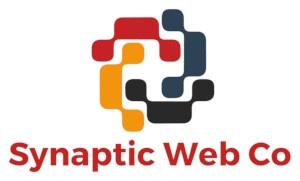How does Google decide what goes into the local pack? It doesn't have to be a black box — there's logic behind the order. In this week's Whiteboard Friday, renowned local SEO expert Mary Bowling lays out the three factors that drive Google's local algorithm and local rankings in a simple and concise way anyone can understand.

Click on the whiteboard image above to open a high resolution version in a new tab!
Video Transcription
Hi, Moz fans. This is Mary Bowling from Ignitor Digital[1], and today I want to talk to you about the local algorithm. I'd like to make this as simple as possible for people to understand, because I think it's a very confusing thing for a lot of SEOs who don't do this every day.
The local algorithm has always been based on relevance, prominence, and proximity.
1. Relevance
For relevance, what the algorithm is asking is, "Does this business do or sell or have the attributes that the searcher is looking for?" That's pretty simple. So that gives us all these businesses over here that might be relevant. For prominence, the algorithm is asking, "Which businesses are the most popular and the most well regarded in their local market area?"
2. Proximity
For proximity, the question really is, "Is the business close enough to the searcher to be considered to be a good answer for this query?" This is what trips people up. This is what really defines the local algorithm — proximity. So I'm going to try to explain that in very simple terms here today.
Let's say we have a searcher in a particular location, and she's really hungry today and she wants some egg rolls. So her query is

